The feline tongue has long fascinated scientists and cat owners alike. Unlike the smooth human tongue, a cat's tongue is covered in hundreds of tiny, backward-facing spines called papillae. These keratinous structures give the tongue its distinctive sandpaper-like texture. Recent research reveals these biological barbs serve far more functions than previously understood, transforming the humble cat tongue into a remarkably efficient multi-purpose cleaning tool.
Nature's perfect grooming instrument
The conical shape and hollow structure of feline papillae create an ingenious cleaning mechanism. When a cat licks its fur, these spines rotate to penetrate deep into the coat, reaching all the way to the skin. The hollow tips act like tiny scoops, lifting dirt, loose hair, and parasites from the base of the fur. This explains why cats spend up to a quarter of their waking hours grooming - their tongues are evolutionarily designed for meticulous cleaning.
Advanced imaging studies show the papillae's unique flexibility allows them to adjust their angle during grooming. They stand erect when the tongue first contacts fur, then flatten as the tongue retracts, maximizing debris collection. This dynamic movement creates a self-cleaning effect, with accumulated particles easily dislodged during the licking motion. The tongue's surface essentially works like a biological conveyor belt for dirt removal.
Thermoregulation through saliva distribution
Beyond cleaning, the papillae play a crucial role in temperature control. The intricate network of spines creates capillary action that efficiently spreads saliva across the fur. As this saliva evaporates, it provides a cooling effect - particularly valuable for an animal that originated in desert environments. Researchers have measured temperature drops of up to 17°C (30°F) on the skin surface after grooming sessions.
The tongue's design ensures optimal saliva distribution with minimal fluid waste. Each papilla can hold a precise droplet of saliva that's released gradually during grooming. This explains why cats can thoroughly moisten their fur while consuming relatively small amounts of water compared to other grooming animals.
An evolutionary marvel of material science
The keratin composition of feline papillae represents an extraordinary example of biological engineering. These spines are stiff enough to penetrate dense fur yet flexible enough to avoid damaging delicate skin. Microscopic analysis reveals a gradient structure - the tips are nearly as hard as human fingernails while the bases remain pliable. This gradient allows the spines to bend rather than break under pressure.
Material scientists have noted the papillae's remarkable wear resistance. Despite constant use, they maintain their sharpness far longer than synthetic materials with similar applications. Researchers are studying the molecular structure of feline keratin to develop longer-lasting brushes and cleaning tools.
Hydration and feeding functions
The tongue's specialized structure also enhances drinking efficiency. When lapping water, cats use the papillae to create a fluid column that defies gravity. High-speed photography reveals how the spines help form a continuous water stream with each lick, allowing cats to consume liquid with surprising elegance and precision.
During feeding, the backward-facing spines help strip flesh from bones and direct food toward the throat. This explains why cats can clean meat from complex surfaces so thoroughly. The same mechanism that makes the tongue an effective groomer also makes it an ideal tool for carnivorous feeding.
Biomimetic applications
Engineers are developing technologies inspired by feline tongue morphology. Prototype brushes based on papilla structure show promise for applications ranging from pet grooming tools to medical devices for wound cleaning. One research team has created a flexible surgical instrument that mimics the tongue's cleaning action for delicate tissue work.
Another promising application involves developing self-cleaning surfaces that replicate how cat tongues shed accumulated debris. These could revolutionize everything from air filters to textile manufacturing. The unique properties of feline papillae offer solutions to numerous engineering challenges in fluid dynamics and surface cleaning.
The humble cat tongue, often overlooked as a simple anatomical feature, represents one of nature's most sophisticated cleaning systems. Its multifunctional design continues to inspire scientific inquiry and technological innovation, proving that even common biological structures can harbor extraordinary engineering solutions.

By /Jul 7, 2025
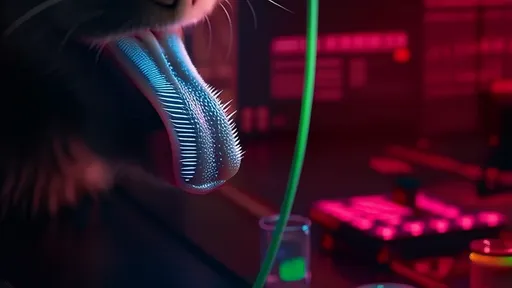
By /Jul 7, 2025
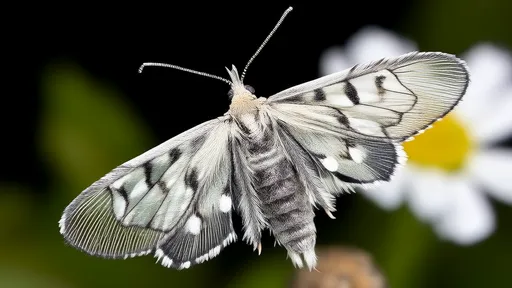
By /Jul 7, 2025
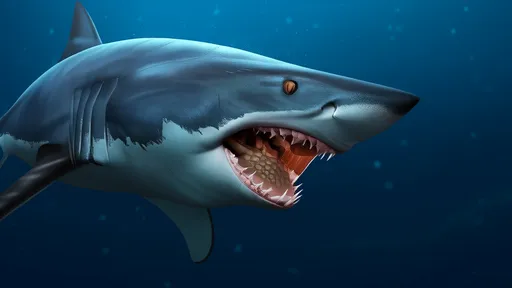
By /Jul 7, 2025

By /Jul 7, 2025

By /Jul 7, 2025
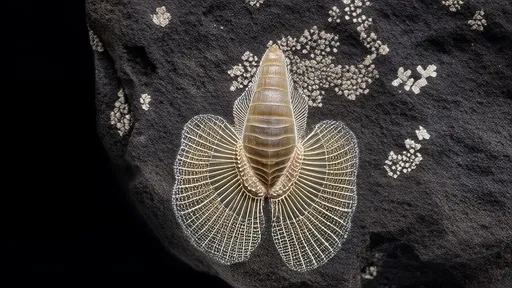
By /Jul 7, 2025

By /Jul 7, 2025

By /Jul 7, 2025
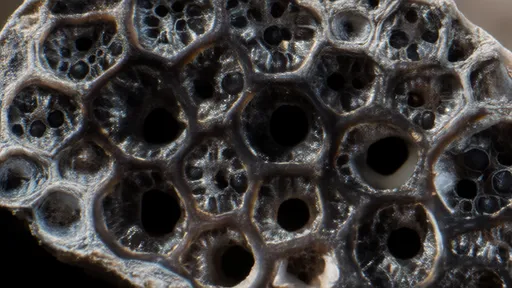
By /Jul 7, 2025

By /Jul 7, 2025
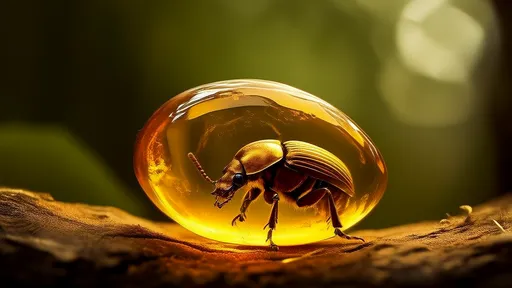
By /Jul 7, 2025
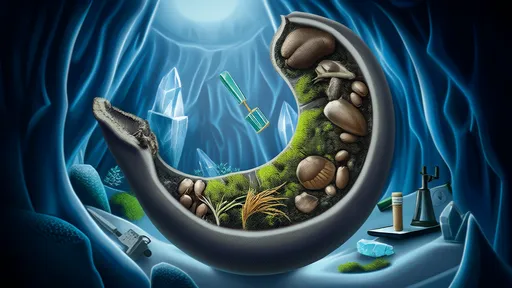
By /Jul 7, 2025
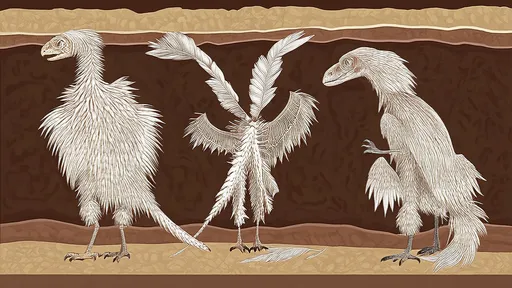
By /Jul 7, 2025

By /Jul 7, 2025

By /Jul 7, 2025
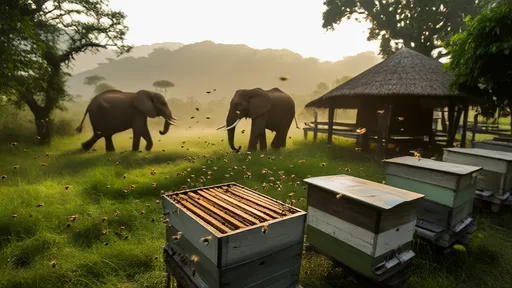
By /Jul 7, 2025

By /Jul 7, 2025